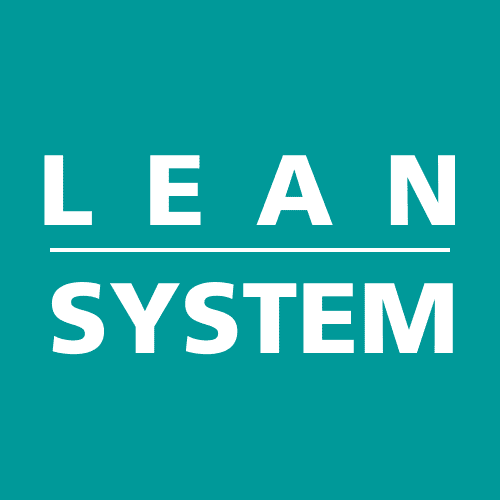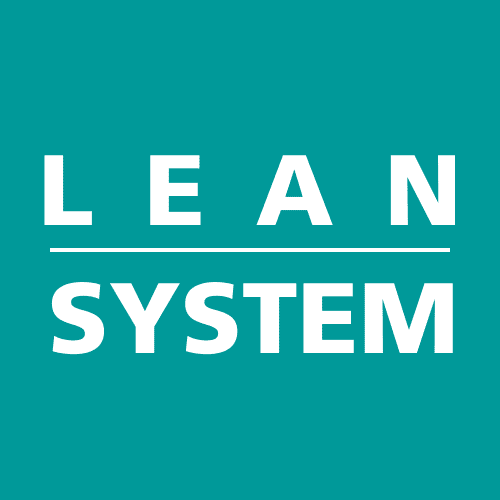What
Measuring a process's inherent variance (bell-shaped curve) is part of a process capacity study. Process capacity, which is the process's six standard deviation (6s) spread, is a function of a process's variation. Cp and Cpk are two indexes that are frequently used to compare process variance and engineering requirements.
Why
To determine whether a crucial quality or method can fulfil requirements.
To keep track of the ongoing decline in variety.
To keep track of a process' ongoing improvement.
To gauge how uniformly a process's output is produced.
Identifying processes or quality features that require improvement
To guarantee that important client criteria are met or surpassed.
To choose between various equipment or production techniques.
To assist in calculating the frequency of subgroup sampling for control charts.
To give engineering information for design and tolerancing.
To identify which method—process centering or process variation reduction—will best reduce defects.
When
Measuring a characteristic or process when technical specifications are present and variable data is obtained.
Control limits are computed, revised, or updated when new information becomes available to increase the accuracy of the Cpk calculation.
Determining a rough evaluation of the current process before upgrading.
Establishing tolerances for engineering (tolerance analysis).
How
Engineering requirements, the process average, and the variation of the process or characteristic under evaluation must all be understood in order to calculate the Cp and Cpk indices. Diebold accepts Cp and Cpk as two capability indices. The key idea is that the specifications' spread is contrasted with the process's natural variation's spread (with adjustment when the process is not centred).
Condition
Before we can rely on Cp and Cpk, the process must be under statistical control.
The common cause variation in a process should be measured by the natural variation in the process that is used to calculate Cp and Cpk.
The individual data should have a normally distributed distribution in order to estimate the standard fallout rates
Where
σ = standard deviation (sigma)
USL = upper spec limit
LSL = lower spec limit
Engineering tolerance = USL – LSL
Avg = average of the individual measurements

